UFC fighters face some serious physical and mental challenges in the domain of sports that can be very straining on the body: between rigorous workouts and the brutal sport of combat, the body and mind undoubtedly undergo immense stress. Thus, recovery becomes one of the most important factors in maintaining one's peak performance and longevity in a career. The more modern approach to bringing this recovery is red light therapy (RLT).
Physical Impact on UFC Fighters
Common Combat Injuries and Statistics
Much like all contact sports, mixed martial arts have a high potential for injury. According to the findings, the types of injuries often include:
- Soft-tissue damage such as bruises, strains, and muscle tears.
- Fractures of bones, primarily hands and facial bones.
- Ligament injuries, especially knees and shoulders.
Fighters in UFC are hit and hit dozens of times in a typical fight, contributing notably to a lot of wear and tear. 77% of all MMA injuries have actually been sustained during such fights. The head and neck get injured in 40% of these cases, according to the British Journal of Sports Medicine.

Understanding Fight-Related Trauma
Fighters endure those micro-traumas that collectively amass over time, like:
- Chronic inflammation due to repeated blows.
- Muscle fatigue and DOMS.
- Joint stiffness and cartilage damage.
As recovery is prominent in addressing such setbacks, RLT, a new treatment modality is making the limelight.
Brain Health and Neurological Concerns
Concussion Risks and Long-term Effects
Head Injury is a major issue in MMA. It can lead to traumas like concussions and sub-concussive blows due to:
- Cognitive dysfunction,
- Forgetfulness, and
- Mood Disruption like depression and anxiety.
There have been numerous cases of professional fighters over the years that are associated with chronic traumatic encephalopathy (CTE) due to repetitive head injuries.
Red Light Therapy for Brain Recovery
Recent research shows that RLT implementation might:
Help Enhance Brain Health
It assists in cell repair. The stimulation of mitochondria by RLT in neurons results in energy creation and repair processes.
Reduce Swelling
Therapy's anti-inflammatory effect may reduce swelling and oxidative stress in the brain.
Amplify Blood Flow
Suffice it to aid oxygen and nutrients. These are inherent in the improvement of healing.
Studies also suggest its likely utility for the successful treatment in the future of traumatic brain injury (TBI) and post-concussion syndrome.
Musculoskeletal Recovery Strategies
Upper and Lower Body Healing Methods
Whether in the art of the takedown or the form of a punch each muscle in the body of a fighter is always trained. After the fight recovery includes:
- Cryotherapy and ice baths for the reduction of swelling.
- There is massage therapy for better relaxation of the muscles.
- Variety of stretching techniques for flexibility.
All of this, however, does not translate directly to damage at the cellular level, which provides an opportunity to deploy advanced modalities like RLT.
Red Light Applications for Joint Health
RLT is unique and fruitful for the recovery of musculoskeletal disorders through the following:
- It has been shown to stimulate tissue repair by inducing deep penetration into the skin, enhancing collagen production, and healing microtears.
- It reduces joint pain as evidenced by various investigations that show evidence of Arthritis symptoms being under control through the administration of RLT, which is beneficial to fighters with overused joints.
- The regular application of red light therapy can reduce the duration taken to heal after fights or heavy exercising.
Competitive advantage can be achieved through enhancing mobility and reducing inflammation in fighters by the application of red light on swelled knees.
Mental Wellness in Combat Sports
Psychological Challenges Fighters Face
Mental factors and difficulties experienced in mixed martial arts can almost weigh up anywhere over the physical ones. Some of these are the following:
- Performance anxiety.
- Fear of failure or injury.
- Post-fight depression.
The intense pressure to perform in a very demanding physical challenge can burn out and lead to mental health illnesses.
Holistic Recovery Approaches
RLT significantly contributes to the health of the mind by:
Regulation of Sleeping
It is found that exposure to as less as a red light can improve melatonin production and increase sleep quality.
Mood Boosting
It helps to fight against anxiety, as well as enhance depression while promoting both serotonin and dopamine pathways.
Stress Management Aid
This mechanism keeps the brain calm and is likely to lower cortisol levels.
In this way, with mindfulness practice, counseling, and proper rest, one can make a holistic recovery paradigm for them.

The Science Behind Recovery Methods
Evidence-Based Treatment Protocols
Athletes typically use evidence-based protocols to increase their chances of recovery. When one is hurt, some of these plans include taking care:
- Physical therapy specific to injuries that are sustained by a person.
- Nutritional interventions used to support healing and energy replenishment.
- Hydration strategies that keep cellular function intact at maximum capacity.
Although traditional methods may be effective, they usually cannot provide the kind of cellular rejuvenation that RLT offers to users.
Red Light Therapy Research Findings
With regard to recovery, scientific studies confirm the usefulness of RLT.
- A meta-analysis in 2016 from Lasers in Medical Science, scientifically substantiates the fact that red light therapy can improve the recovery of muscles and reduce DOMS.
- Athlete research puts forth the idea that it can actually improve endurance, lower fatigue phenomena, and help in faster recovery.
- Approved clinical trials against wound healing are highly applicable to the speedy healing of cuts and abrasions from fight injuries.
Conclusion
Red light therapy has rapidly emerged as one of the most powerful tools that have the ability to both recharge and regrow cells. This technology can help manage a variety of injuries, neurological issues, and battles with mental health, and aligns well with a holistic approach to health. Research revealed that red light therapy has become the game changer in recovery protocols - perhaps helping fighters preserve longevity while keeping up performance. Adopting RLT can mean the difference between life and living for those in the UFC octagon.
References
- Jensen AR, Maciel RC, Petrigliano FA, Rodriguez JP, Brooks AG. Injuries Sustained by the Mixed Martial Arts Athlete. Sports Health. 2017;9(1):64-69. doi:10.1177/1941738116664860
- Naeser MA, Zafonte R, Krengel MH, et al. Significant improvements in cognitive performance post-transcranial, red/near-infrared light-emitting diode treatments in chronic, mild traumatic brain injury: open-protocol study. J Neurotrauma. 2014;31(11):1008-1017. doi:10.1089/neu.2013.3244
- Farivar S, Malekshahabi T, Shiari R. Biological effects of low level laser therapy. J Lasers Med Sci. 2014;5(2):58-62.
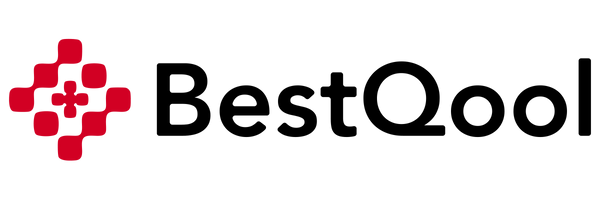


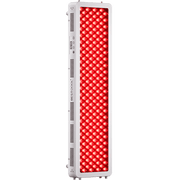
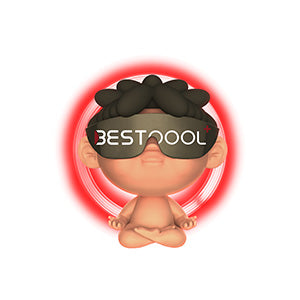








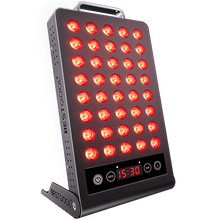
 Small
Small
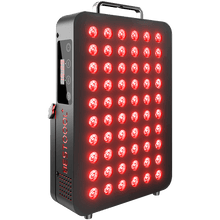
 Moderate
Moderate
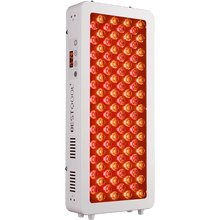
 Moderate
Moderate
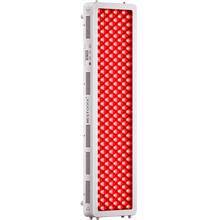
 Moderate
Moderate
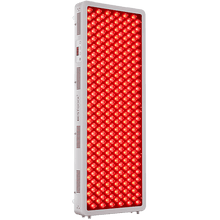
 Full
Full



